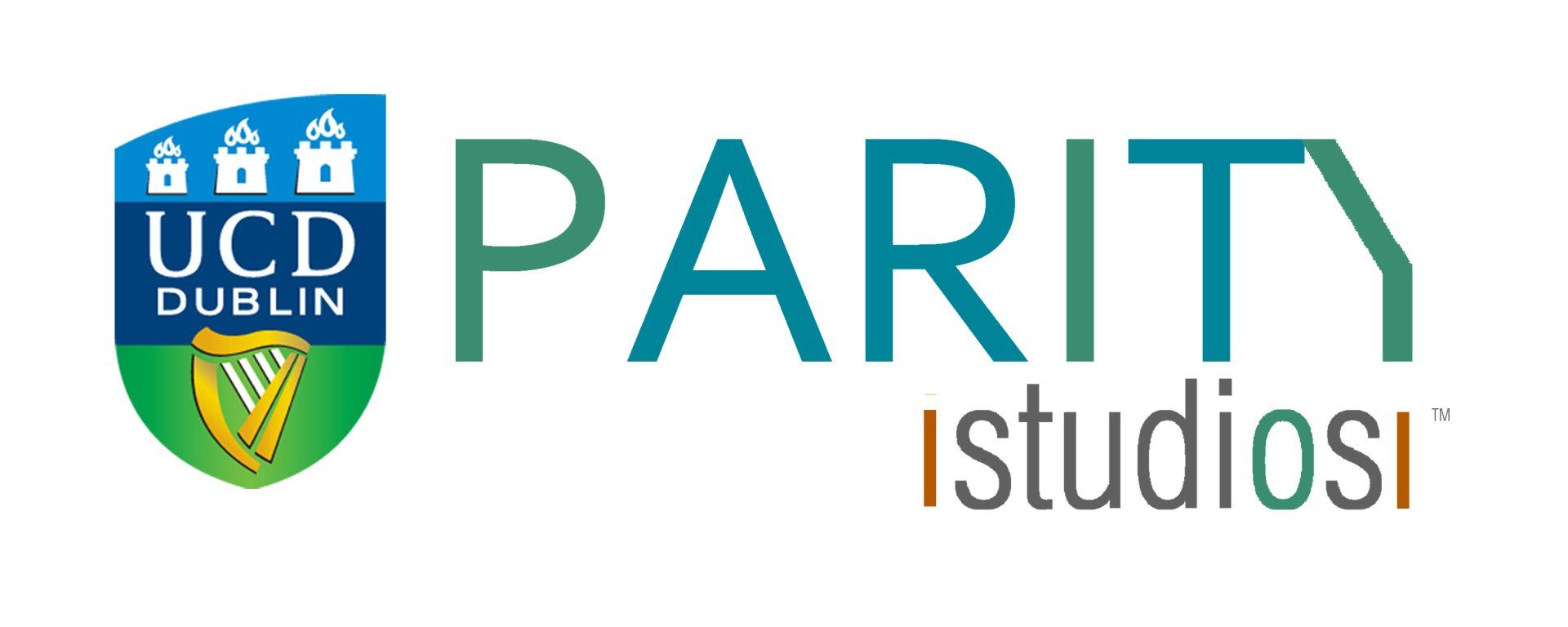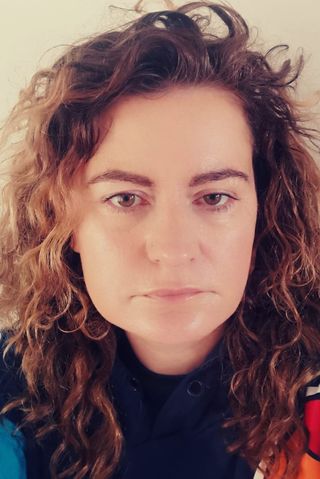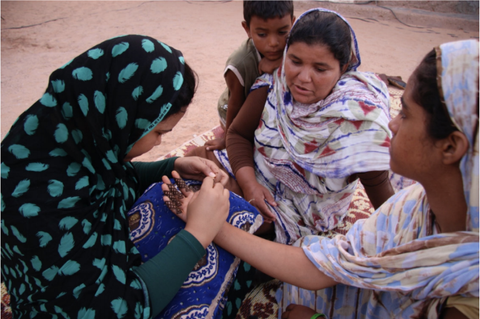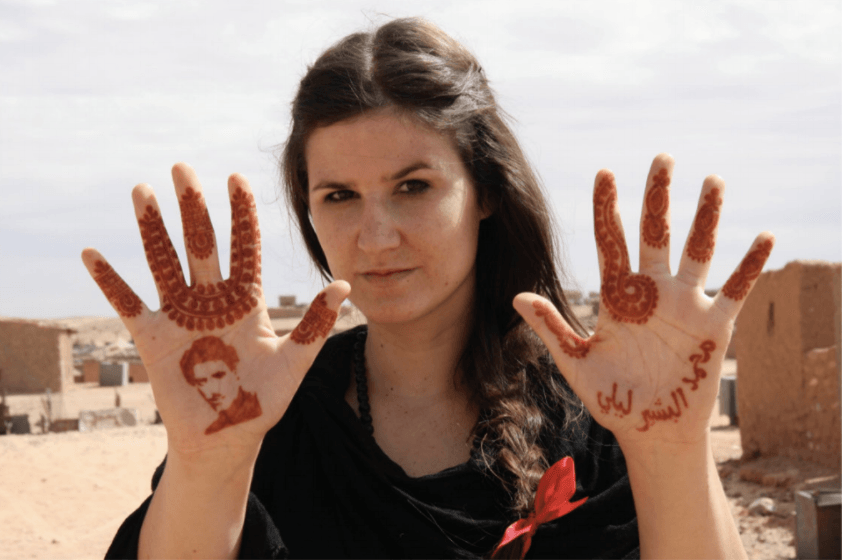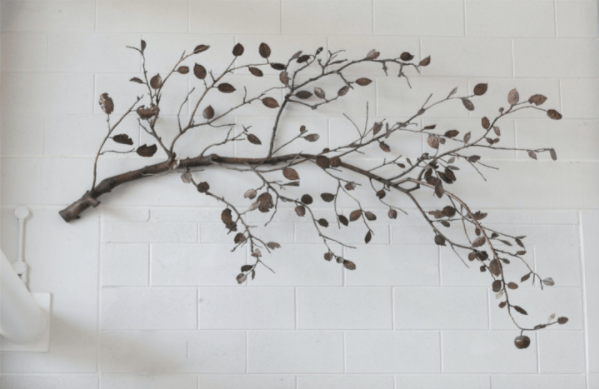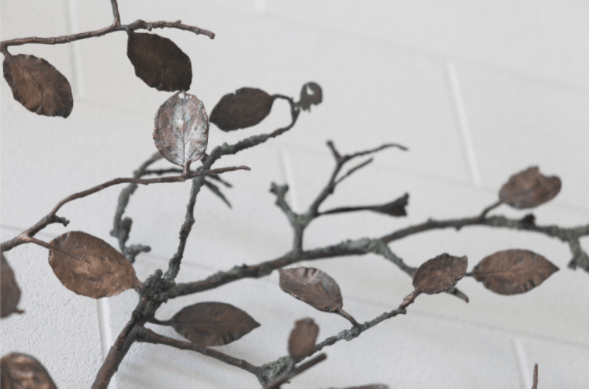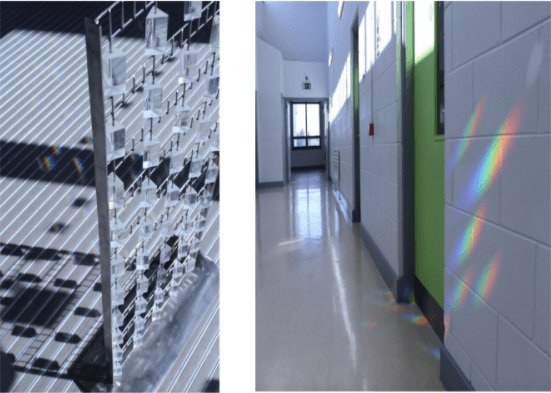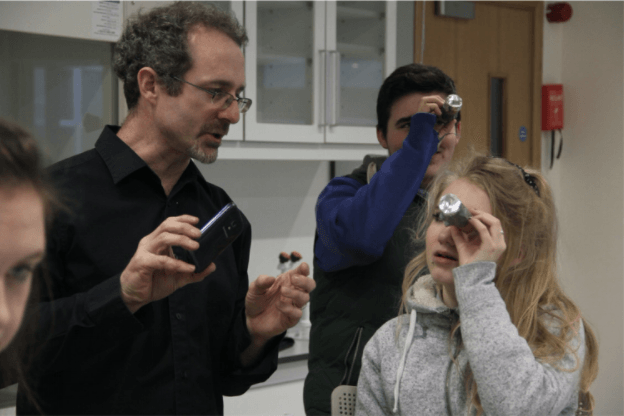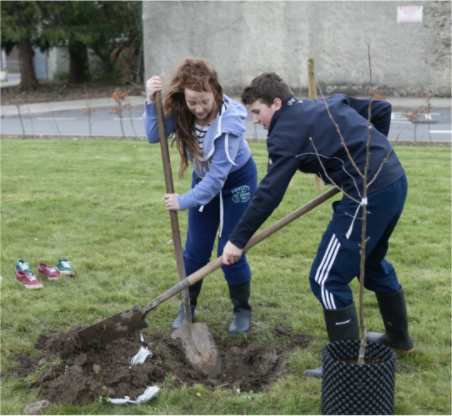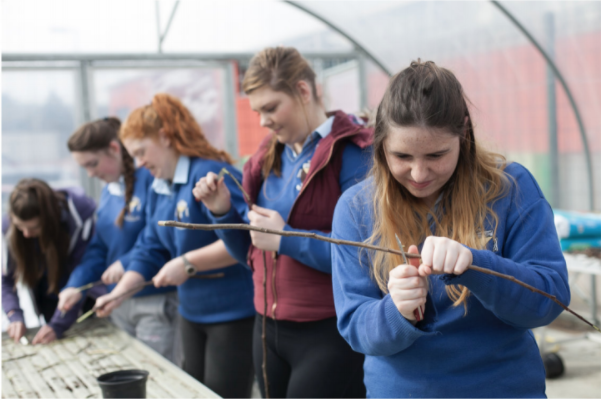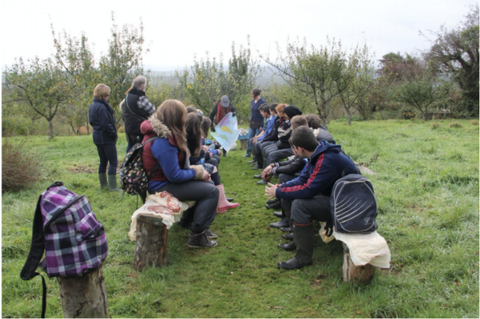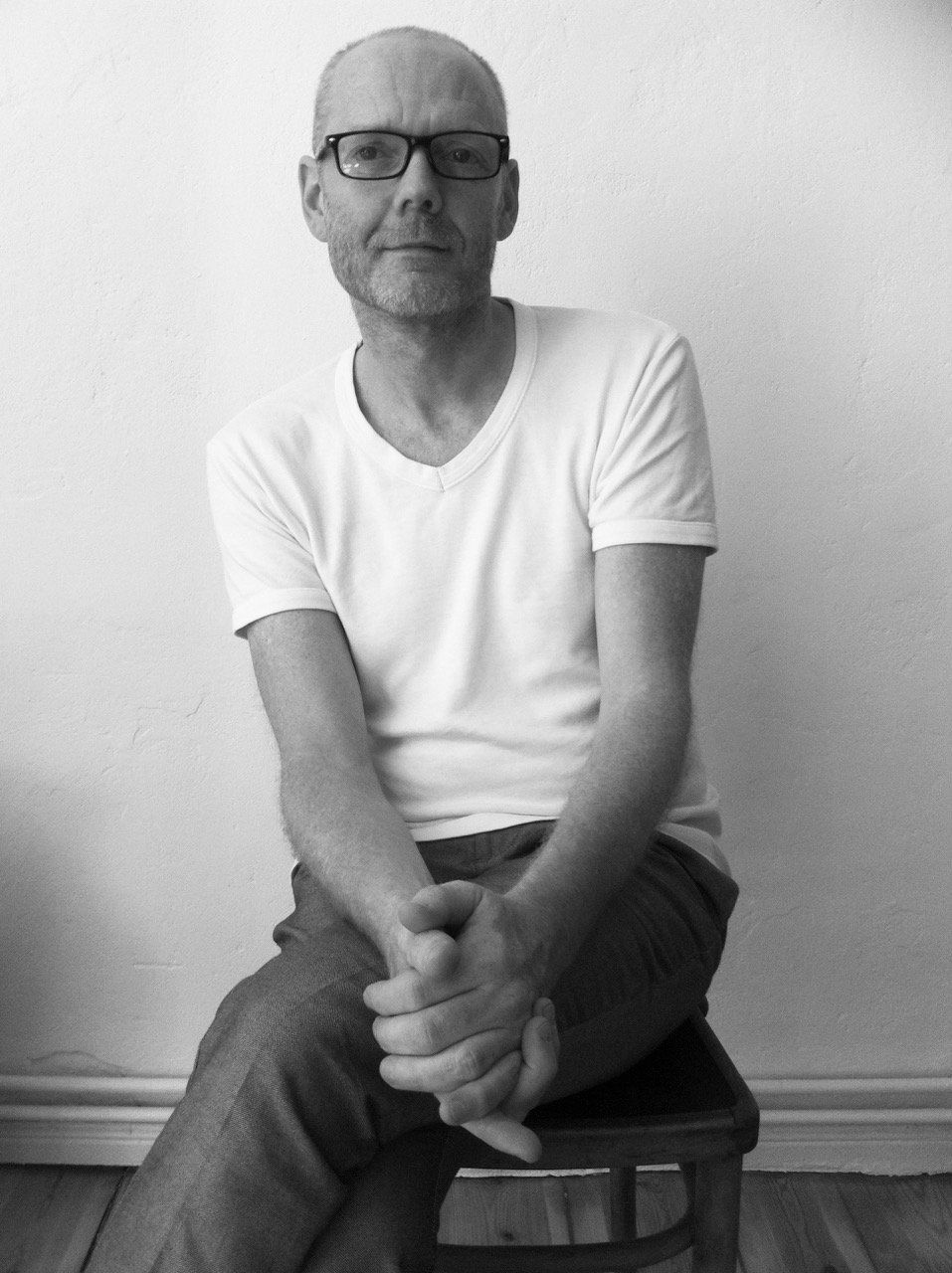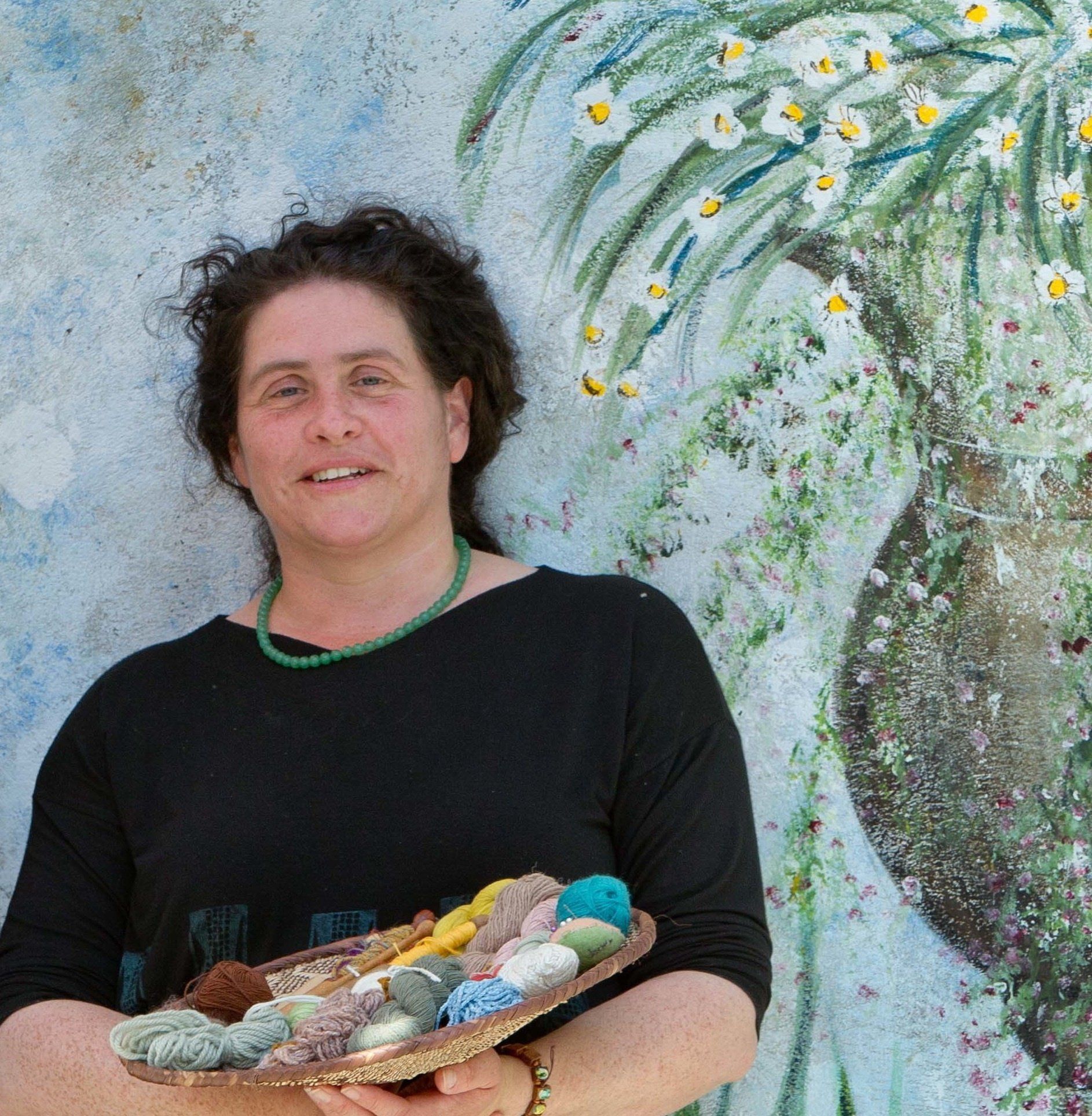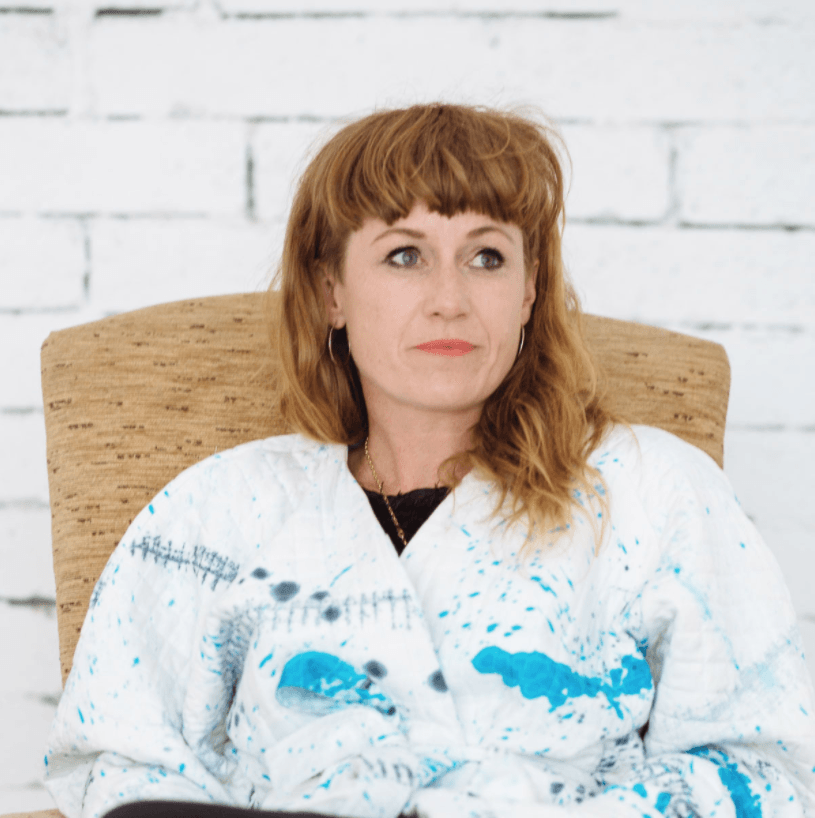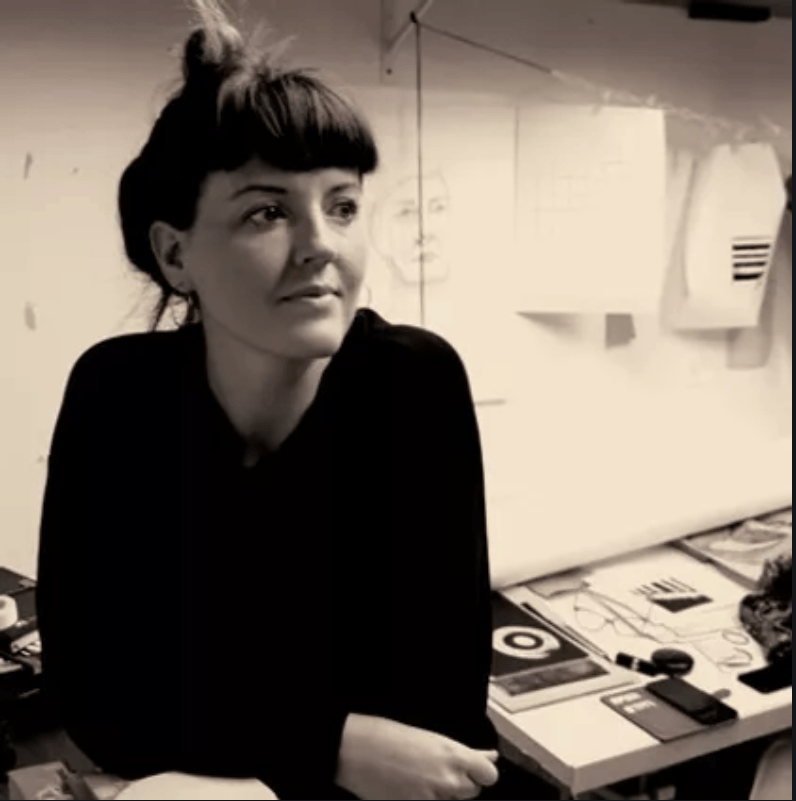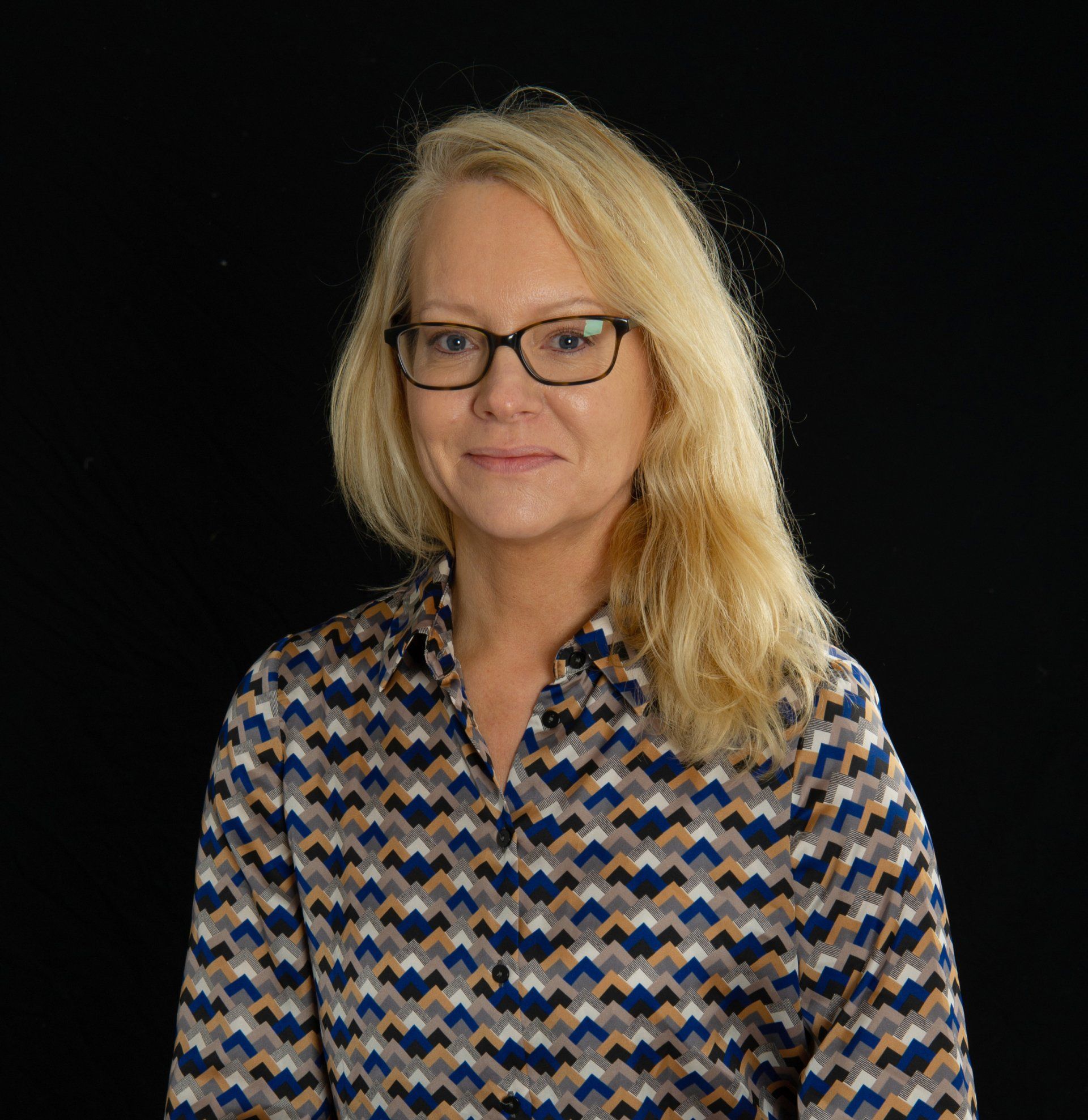Artists in Residence 2020/2021
Augustine O'Donoghue
UCD College of Engineering
& Architecture
The materials I use and how I disseminate work is very much influenced by the context of each project I develop. As I develop ideas, this tends to inform what materials I use and in turn informs the way the work will be disseminated. I often site work in locations outside of the traditional gallery space where the artwork has an interrelationship with its location and engages specific audiences.
I have created performances in a cattle mart, screened work at film festivals, used advertising billboards to site work, decimated work at
political events and conferences, exhibited work in galleries, museums as well as supermarkets, factories and schools.
I always undertake projects on issues that I feel passionate about and deeply committed to. This pushes me to create the best possible artwork. In general I like to use collaborative and research based approaches in developing work. When it’s possible and appropriate I like to involve people in all stages in the processes of creating work from research, development to dissemination of work.
Augustine is an award winning artist with fifteen years experience of developing socially engaged art projects. She has exhibited and developed projects nationally and internationally in Europe, US, Canada, Latin America and Africa. She is an MA (1st hons) graduate in Social Practice and the Creative Environment, co-director of the last 6 editions of the Wexford Documentary Film Festival - a festival focused on films, talks, workshops on social, political and environmental topics. Recent projects include a yearlong public art project commissioned by the Dept of Education and Skills.
Previous Works
Tinduff Refugee Camp, Mother and Son, Mothers hand with only photo of
disappeared son
Henna Portraits being applied to hands and finished portrait
The Disappeared
The Disappeared is a collaborative art project with human rights organizations and Saharawi refugees in Tinduff refugee camp Algeria the second oldest refugee camp in the world. A feature of the Western Sahara conflict has been the forced disappearances of civilians over 30,000 people have been disappeared since the beginning of the conflict. Portraits of the disappeared people were created for the palms of hands (using henna a natural plant dye for the skin) and incorporating traditional Saharawi designs in collaboration with Saharawi henna artists Senia Babr. Stories of the disappeared people were recorded from family members of disappeared people. The work unfolded as a performance work, as the henna design was applied to the hand the stories of the disappeared person was told to the person receiving the design. The person receiving the design was then asked to pass the story onto another individual before the image fades from their hand (henna lasts 2-3 weeks)
The second part of the project involved making henna art kits. The kit included henna; stencils of disappeared people incorporate traditional Saharawi designs and stories of the disappeared people as well as general information on the Western Sahara conflict. The kits will be distributed to International human rights organizations and cultural Institutions so the work has the potential to be reactivated at different locations around the world be it as cultural events, human rights political events or at home in people’s houses.
While developing the project the artist encountered many families
without any image of their disappeared relative, as they had to flee for
their country during the conflict unable to take anything. These
families were very keen to be part of the project and to have their
portraits created in some way. A number of new strategies are being
devised to try and include these people in the project for example,
some had no photo but had fingerprints or signatures from official
documents new set of designs are been made that incorporated
fingerprints and signatures into the design.
Planting a Seed
Planting a Seed, was a yearlong Per Cent for Art commission created for Coláiste Íde agus Iosef, secondary school in Abbeyfeale Co. Limerick. The project was a collaboration between artists Augustine O'Donoghue and CarolAnne Connolly.
The project aimed to link the school community to a broader community through a series of creative engagements to investigate ideas and encourage thought and discussion on education, art and science. Artworks for the commission were made with the participation of students, teachers and members of the local community. Inspiration for the project was taken from Isaac Newton, whose infamous, embellished or not, ‘eureka moment' was central to the thematic structure of the project.
Planting a Seed began with the process of creating a bronze sculpture of an apple tree, an apple hanging precariously from the outermost branch, homage to an inspirational moment. Casts for the sculpture were taken from apple trees branches donated by members of the community in the Abbeyfeale forging direct ties to and between community, school and local environment.
Further interplay between art and science was created using Newton's discovery of the nature of light. In the science department of Coláiste Íde agus Iosef, a light installation, composed of several glass dispersive prisms, was created. Installed so that during the school year, depending on environmental conditions outside the sun shines beams of light through the prisms creating a subtle rainbow light show on the walls and door of the science room.
A diverse and thought-provoking program of events was developed for the student group, in order to introduce them to the various processes by which art is made and to illustrate how art encompasses numerous fields of enquiry. Workshops explored the techniques that were involved in the creation of the bronze sculpture, the light installation and the Isaac Newton Orchard. Students went on field trips throughout the year to the organizations that had a hand in developing all strands of the work, including a visit to Seed Savers NGO in Clare where the students saved seeds and learned about ecology issues, with return visits by Seed Savers to the school to undertake grafting workshop where student had opportunity to graft their own apple tree to take home to grow. A visit to an exhibition of artwork called “Welcome Disturbances’ created by artists and scientists who have worked in the UCD Artists in Residence programme and undertaking a workshop by Physics lecturers in UCD
School of Science, resulted in the students making their own
Spectrometer.
The project also included students planting a native Irish heritage
apple orchard on the school grounds. The apple varieties sourced at
Irish Seed Savers from Cork, Kerry and Limerick - the school's
catchment area.
A unique element of the project involved the artists
negotiating with the National Trust in the UK, the donation of seeds
from the infamous Isaac Newton’s 400-year-old Flower of Kent apple
tree from the garden of Woolsthrope Manor in Lincolnshire to be grown
in the schools newly created heritage apple orchard in Abbeyfeale.
